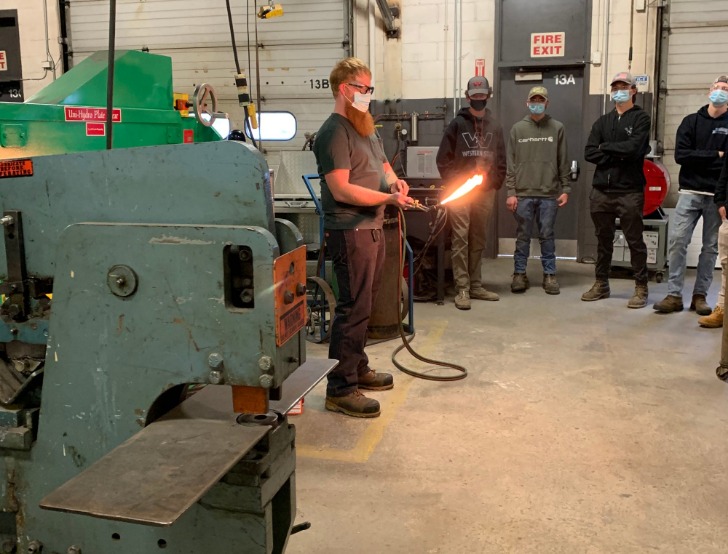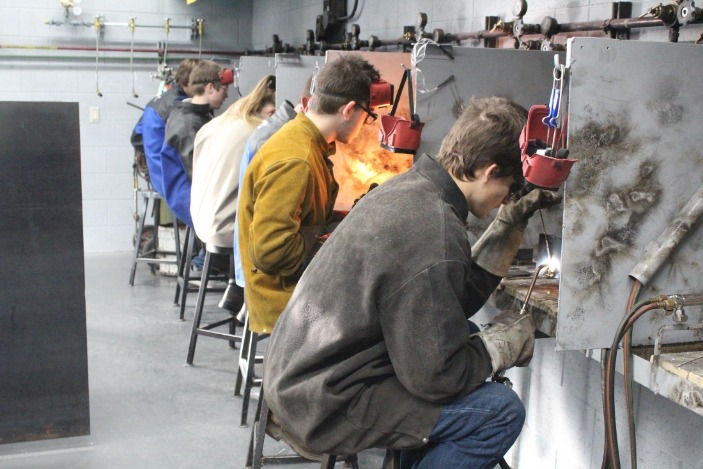Critical infrastructure increasingly lives underwater—reservoirs feeding cities, intake pipelines powering industry, outfalls safeguarding shorelines, and submerged structures anchoring energy systems. Success below the waterline depends on integrated expertise that pairs certified divers with robotics, data-rich reporting, and zero-compromise safety.
What’s at Stake Below the Waterline
- Regulatory compliance and audit-ready documentation
- Operational uptime with minimal service disruptions
- Longevity of assets through preventative maintenance
- Worker safety and environmental stewardship
Integrated Service Lines You Should Expect
Commercial Diving Services
Certified teams deliver underwater construction, welding, concrete repairs, valve exercises, and NDT in potable, industrial, and marine environments. Expect method statements, confined-space plans, and chlorination protocols tailored to each site.
Commercial Diving Contractor
Beyond dive time, the right partner provides turnkey project management: hazard analysis, permit coordination, QA/QC, digital reporting, and post-project asset plans—so stakeholders get schedule certainty and defensible records.
Reservoir Cleaning Services
Sediment, biofilm, and sludge compromise capacity and water quality. Specialized cleaning techniques enable diversion-free operations, protecting disinfection byproduct limits while restoring hydraulic efficiency.
Reservoir Inspection Services
From AWWA-compliant visual surveys to sonar mapping and wall thickness checks, inspections benchmark structural integrity, identify leakage paths, and verify condition after seismic or extreme weather events.
ROV Inspection Services
Robotics extend visibility where diving is limited or shutdowns are unacceptable. High-definition video, multibeam sonar, laser scaling, and photogrammetry yield precise measurements in low-visibility conditions. Explore ROV Inspection Services that deliver actionable data with minimal disruption.
Pipe Inspection Services
For outfalls, intakes, penstocks, and transmission mains—CCTV, sonar, and crawler platforms locate intrusions, joint failures, tuberculation, and debris. Results feed GIS and asset management systems for risk-based prioritization.
Outcomes That Matter
- Evidence-based maintenance plans that reduce unplanned outages
- Transparent documentation for regulators, insurers, and boards
- Reduced confined-space entries and chemical exposures
- Optimized cleaning and inspection intervals based on actual condition
Checklist for Selecting a Subsea Partner
- Credentials: ADCI/IMCA-aligned practices, potable-water protocols, and confined-space certifications
- Technical stack: HD video, sonar, laser metrology, NDT, and data deliverables compatible with your systems
- Safety culture: TRIR transparency, job hazard analyses, and emergency response plans
- Methodology: documented SOPs for reservoirs and pipelines without service interruption
- Proof of results: case studies, sample reports, and client references in similar environments
- Environmental stewardship: chlorination/dechlorination control, turbidity limits, and waste handling
Typical Project Flow
- Scope and risk workshop with stakeholders
- Site-specific safety plan and permits
- Mobilization with decontamination protocol for potable or sensitive waters
- Execution with live data capture and QA oversight
- Deliverables: video logs, sonar maps, defect registry, and prioritized action list
- Debrief and lifecycle plan for maintenance or capital upgrades
FAQs
How do I decide between divers and ROVs?
Choose divers for tactile tasks (repairs, fittings) and ROVs for rapid, low-disruption surveys or hazardous environments. Many projects use both for complete coverage.
Can inspections and cleanings occur without taking a reservoir offline?
Yes. With potable-water procedures, turbidity controls, and isolation zones, many reservoirs remain in service while work proceeds.
What inspection frequency is recommended for reservoirs and pipelines?
Condition, age, and consequence of failure drive intervals. As a baseline: reservoirs every 3–5 years; critical pipelines every 1–3 years or after major hydraulic events.
What deliverables should I expect?
Annotated video, sonar/laser datasets, GIS-ready defect logs, risk scoring, and a prioritized remediation plan with cost and schedule guidance.
Bringing It All Together
When Commercial Diving Services integrate seamlessly with Pipe Inspection Services, Reservoir Inspection Services, and Reservoir Cleaning Services, owners gain the actionable intelligence to plan proactively and the field capability to execute safely. Partner with a seasoned Commercial Diving Contractor to safeguard assets, protect water quality, and control lifecycle costs.


